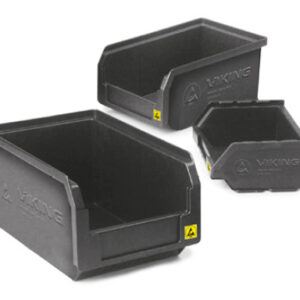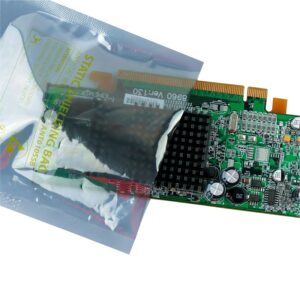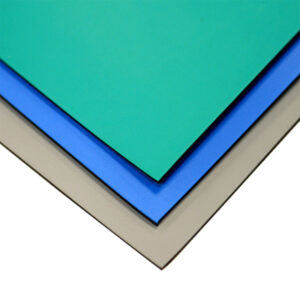Anti Static Products
Static has built up on your body through walking on a rug, and you start handling delicate electronic components, the sudden discharge of current from your body can be enough to cause some very expensive damage. That’s where anti static products can help. Let’s take a closer look at how they work!
f you’ve read our main article on electricity, you’ll know that static electricity is (as the name suggests) a kind of electric charge that stays in one place—it really is static. It’s the opposite of current electricity (also called electric current), which is electricity that moves from one place to another along a definite path called a circuit.
Static generally builds up when insulators (materials that don’t conduct electricity very well, like plastics, rubber, and so on) or insulated conductors are rubbed, such as when you rub a balloon repeatedly on your clothing. You’ll sometimes see this referred to as the triboelectric effect—from the Greek word tribos meaning rubbing—though that fancy expression doesn’t really add much to our understanding: it’s not the rubbing that’s important, but repeatedly bringing the different materials into contact (which rubbing achieves very effectively). You can read a full explanation in our article about static electricity.
To stop static, you have to ensure electricity never has a chance to build up. In other words, you have to make sure there’s an electric circuit of some kind to carry any electric charge harmlessly away. Anti Static Products do this in all kinds of different ways, sometimes physical and sometimes chemical.
You can view the related products below:









